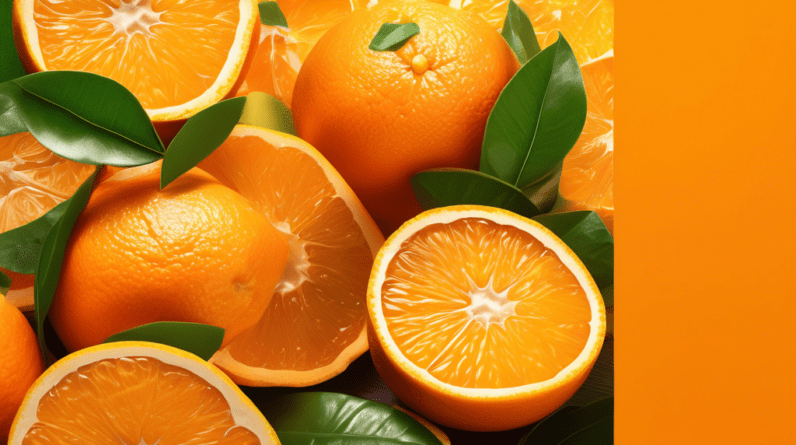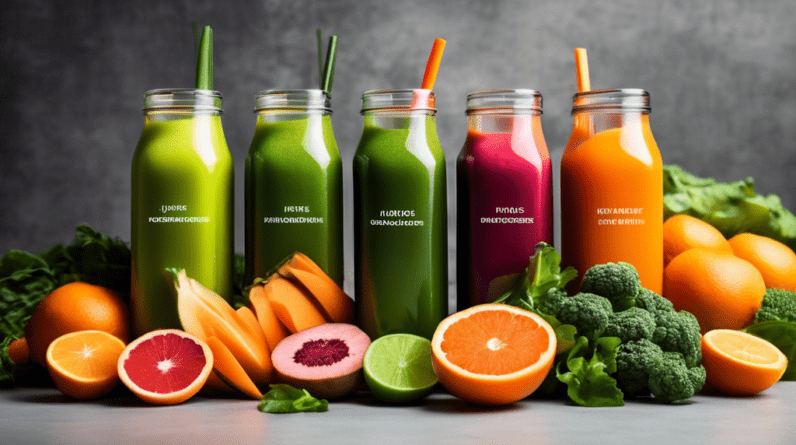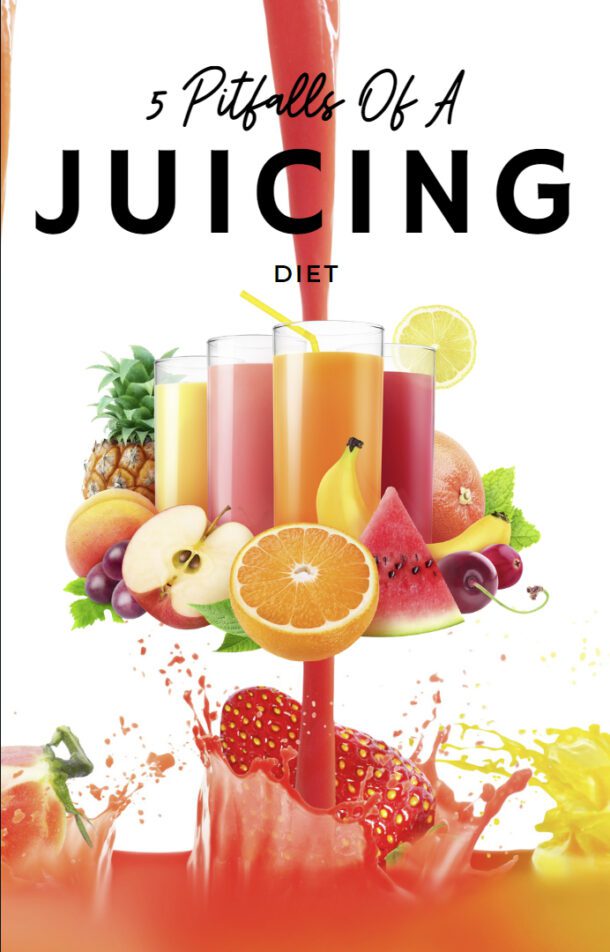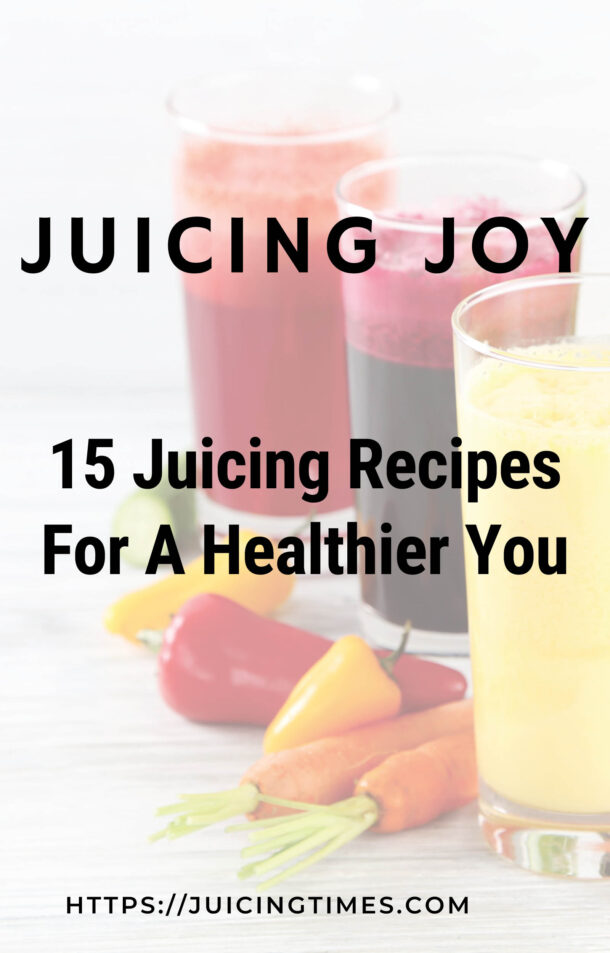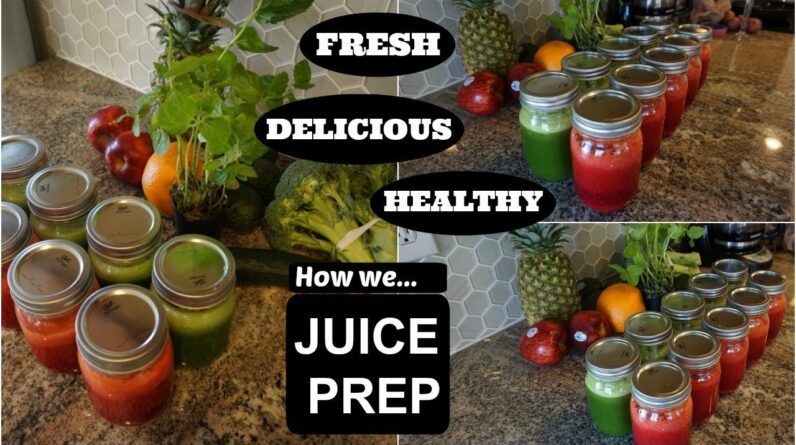
When it comes to juicing, there are a few things you’ll need to get started. Here’s a beginner’s shopping list to get you started on your juicing journey!
Juicing For Beginners: A Shopping List
If you’re interested in starting to juice, but don’t know where to start, this shopping list is for you! This list includes everything you’ll need to get started, from a juicer to the produce you’ll need to make your first batch of juice.
To start, you’ll need a juicer. There are many different types of juicers on the market, so it’s important to do your research to find the one that’s right for you. Once you have a juicer, you’ll need to stock up on some produce.
For your first batch of juice, you’ll need:
– 2-3 carrots
– 1 apple
– 1 inch piece of ginger
– 1/2 a lemon
With just these few ingredients, you can make a delicious and nutritious juice that will give you a boost of energy and help you start your day off right!
The Benefits of Juicing
If you’re looking to improve your health and wellbeing, juicing is a great place to start. Not only does juicing give you a convenient way to get your daily recommended fruits and vegetables, it also allows your body to absorb more nutrients than if you were to eat them whole. Juicing is also a great way to detox your body, as it helps to flush out toxins and gives your liver a break.
There are a wide variety of juicers on the market, so it’s important to find one that fits your needs. If you’re just getting started, look for a juicer that is easy to use and clean. You’ll also want to make sure it can handle the type of fruits and vegetables you want to juice. Once you’ve found the perfect juicer, you can start reaping the many benefits of juicing!
The Best Juicers for Beginners
If you’re new to juicing, you may be wondering what kind of juicer is best for you. There are several different types of juicers on the market, and each has its own set of pros and cons. Here’s a quick rundown of the most popular juicers for beginners, to help you choose the right one for your needs.
The centrifugal juicer is the most common type of juicer. It’s affordable and easy to use, and it can handle a wide variety of fruits and vegetables. Centrifugal juicers work by spinning the produce at high speeds to extract the juice. They’re quick and efficient, but they can be noisy and they tend to produce a bit of foam.
Masticating juicers are a bit more expensive than centrifugal juicers, but they’re also more versatile. Masticating juicers can handle leafy greens and wheatgrass, and they extract more juice from fruits and vegetables than centrifugal juicers. Masticating juicers work by slowly grinding the produce to extract the juice. They’re very quiet and they produce very little foam.
If you’re serious about juicing, you may want to invest in a dual-purpose juicer that can also function as a food processor. These juicers are more expensive than both centrifugal and masticating juicers, but they offer the most versatility. Dual-purpose juicers can handle a wide variety of fruits, vegetables, and other ingredients, making them ideal for people who want to experiment with different recipes.
The Best Fruits and Vegetables for Juicing
There are a wide variety of fruits and vegetables that can be used for juicing. However, some are better than others in terms of taste and nutrition.
Some of the best fruits for juicing include grapes, oranges, lemons, and watermelons. These fruits are not only delicious, but they are also packed with vitamins and minerals.
As for vegetables, some of the best options for juicing include kale, spinach, carrots, and celery. These vegetables are not only nutritious, but they also have a variety of health benefits.
How to Store Your Juice
Assuming you have already juiced your fruits and vegetables, and have your delicious juice ready to drink, you might be wondering how to store it. After all, you want to make sure that your juice stays fresh and tasty, and doesn’t go bad. Here are a few tips on how to store your juice:
1. If you are going to drink your juice right away, you can store it in a glass jar or container with a lid. Just make sure to put the lid on tight so that the juice doesn’t leak out.
2. If you want to store your juice for later, you can put it in a pitcher or jar and store it in the fridge. Just make sure to drink it within a few days, as juice can start to go bad after a while.
3. If you want to store your juice for even longer, you can freeze it. Just pour the juice into an ice cube tray or into a sealable freezer bag, and then you can thaw it out and drink it whenever you want.
4. One last tip – if you are going to be storing your juice in the fridge, you might want to add a little lemon juice to it. This will help to keep the juice fresh and prevent it from turning brown.
Following these tips will help to ensure that your juice stays fresh and delicious. So go ahead and enjoy your homemade juice, and know that it will be good to drink for days to come.
Tips for Juicing Success
There are a few things to keep in mind when juicing to ensure success. First, it is important to have the proper equipment. A good juicer is essential for extracting the most juice from fruits and vegetables. A blender can also be used to make juices, but it will not be as effective. Second, it is important to use fresh, high-quality produce. Older fruits and vegetables will not produce as much juice and may be more difficult to juice. Third, it is important to clean the juicer after each use. This will prevent the build-up of old juice and make it easier to use the juicer next time. Finally, it is important to drink the juice as soon as possible after it is made. Juice that is stored for too long will lose some of its nutrients. By following these tips, juicing will be a success.

